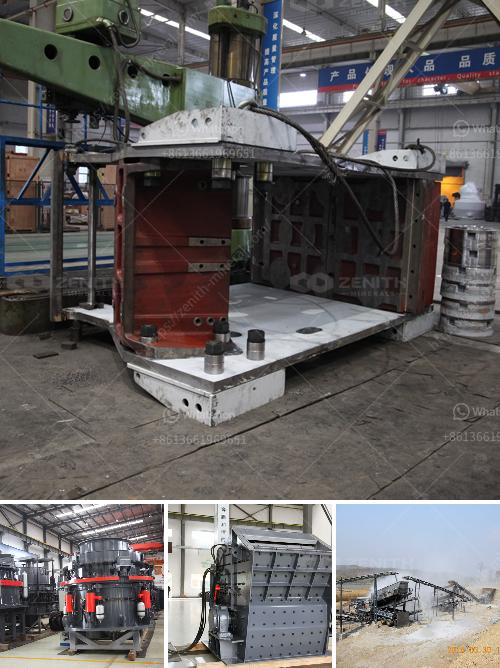In large-scale rock crushing operations, the equipment typically includes:
Primary Crushers: These are used to break down large rocks into smaller, more manageable pieces. Common types include:
Secondary Crushers: These are used to further reduce the size of the crushed material. Common types include:
Vibrating Screens: These are used to separate crushed materials into various size fractions. They ensure that only material of the desired size passes on to the next stage.
Conveyors: Used for moving crushed materials between different stages of the crushing process.
Auxiliary Equipment: This includes feeders, which provide a continuous and regulated flow of rock to crushers, and stockpilers for storing crushed materials.
For example, large stationary rock crushing plants might have jaw crushers with openings as large as 47 x 63 inches, processing up to 1,000 tons per hour. Cone crushers can also handle substantial loads with capacities in the range of 100-1,500 tons per hour, depending on the model.
The scale of equipment in use is determined by the volume of material to be processed and the specific requirements of the project, including the type and hardness of the rock.

